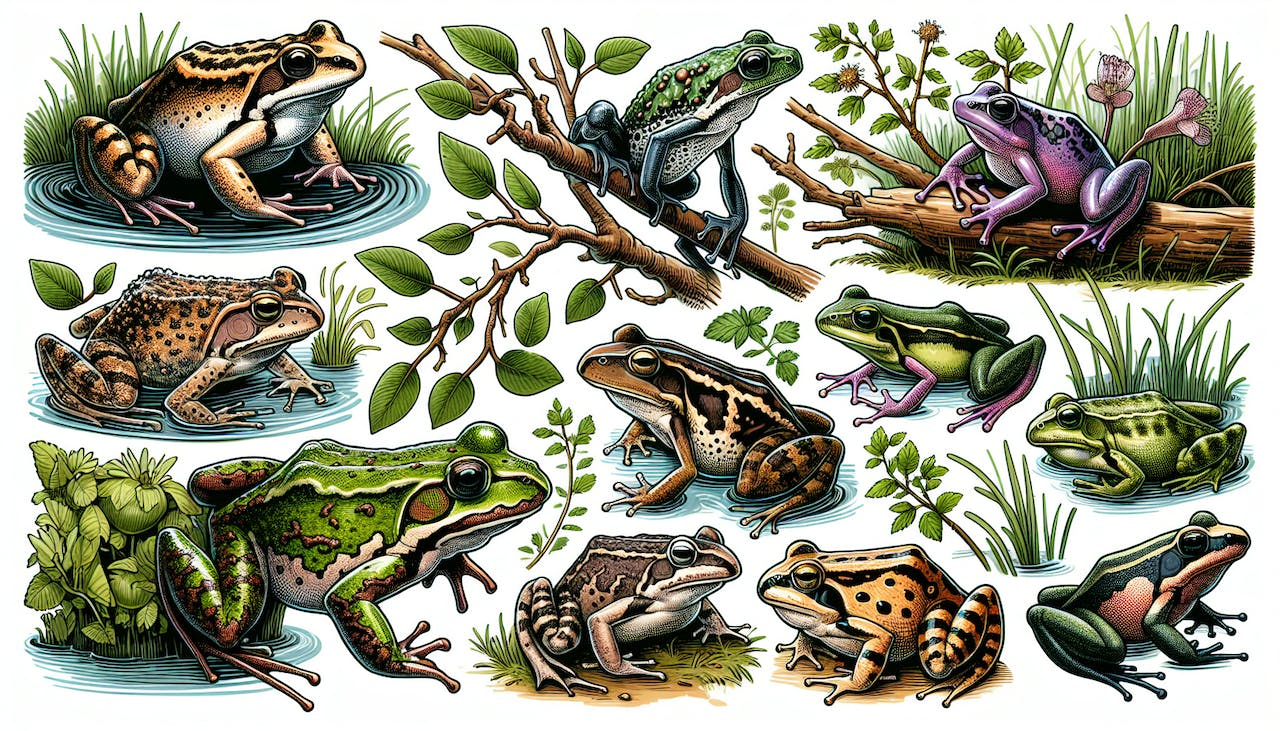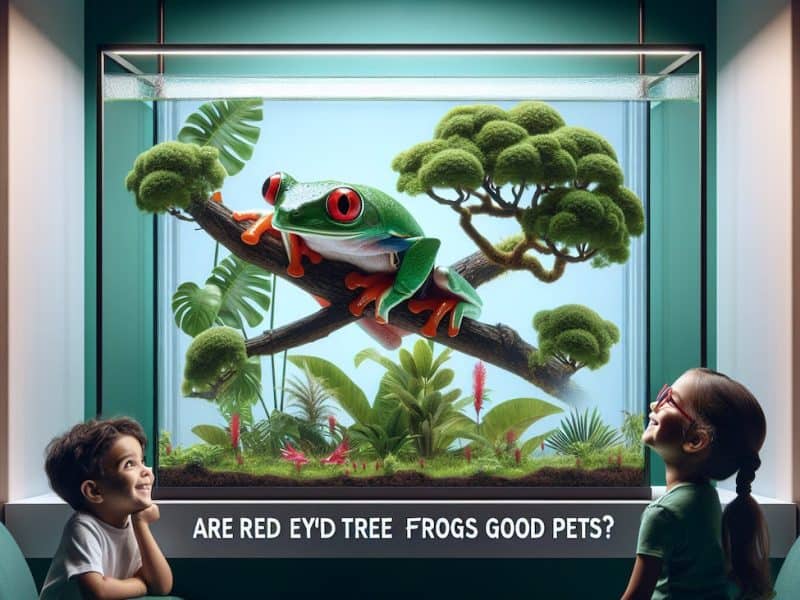Frogs are amazing amphibians that live both on land and in water. But when it comes to swimming, not all frogs are created equal. While most frogs have some ability to swim, there is a wide range of swimming capabilities across different frog species.
Why Understanding Frog Swimming Abilities Matters
The degree to which a frog is adapted for an aquatic lifestyle determines its swimming prowess. Aquatic frogs that spend nearly all their time in water have strong swimming adaptations like webbed feet and streamlined bodies. Meanwhile, terrestrial frogs that rarely enter water have limited swimming abilities. Knowing what types of frogs can swim well and which cannot is important for a few reasons:
- Properly caring for pet frogs based on their swimming needs
- Understanding frog conservation and how water pollution impacts them
- Appreciating the diversity of adaptations that enable frogs to thrive in aquatic and terrestrial habitats
Factors That Influence Frog Swimming Abilities
Several key anatomical and lifestyle factors determine how well a frog can swim:
Leg and Foot Morphology
- Webbed Feet: The extent of webbing between a frog’s toes directly impacts swimming performance. Fully webbed feet provide the most thrust.
- Hind Leg Size: A frog’s large, muscular hind legs power it through the water. The longer the legs in proportion to body size, the more swimming thrust they can generate.
- Streamlined Body: An aquatic frog shaped like a torpedo moves smoothly through water with less drag. A rough, bumpy body has more resistance.
Lifestyle Factors
- Time In Water: Frogs that spend nearly all their time in water are better adapted swimmers than terrestrial species. Constant swimming selects for adaptations.
- Tadpole Stage: Tadpoles have tails for propulsion and gills for underwater breathing. This exclusively aquatic stage influences adaptations carried into adulthood.
Categories of Frog Swimming Abilities
Based on these factors, frogs can be grouped into three broad categories of swimming abilities:
1. Strong Swimmers
Fully aquatic frog species live permanently underwater and require constant access to water to survive. They are the Olympic swimmers of the frog world, with adaptations like webbed feet, powerful hind limbs, and streamlined bodies that make them swift and agile in water. Examples of strong swimmers include:
- African clawed frog
- Green frog
- Pickerel frog
- Northern leopard frog
2. Moderate Swimmers
Semi-aquatic frog species divide their time between water and land. They are decent swimmers but lack some of the advanced aquatic adaptations of fully aquatic frogs. Their swimming skills allow them to transition smoothly between aquatic and terrestrial habitats. Examples of moderate swimmers include:
- American bullfrog
- Pig frog
- Southern leopard frog
3. Poor Swimmers
Terrestrial frogs live mostly on land and only enter water temporarily. They have limited adaptations for aquatic life, which hampers their swimming abilities. Some terrestrial frogs can barely swim at all. Examples of poor swimmers include:
- Tree frogs
- Poison dart frogs
- Black rain frog
So in summary, a frog’s swimming prowess depends greatly on its lifestyle. Permanent water residents like the African clawed frog will always be stronger swimmers than predominantly land species like tree frogs. But even limited swimmers play an important role in their ecosystems.
Unique Frog Swimming Styles
Beyond differences in swimming ability, frog species also have different styles of propulsion through water:
- Simultaneous Hind Leg Kick: Most frogs swim by synchronously kicking their hind legs. Aquatic frogs generate most thrust this way.
- Alternating Hind Leg Kick: Some frogs have an unusual out-of-phase swimming style where they kick one hind leg at a time. This costs more energy but may allow greater speed.
- Forelimb Swimming: A few species like the African clawed frog swim with alternating strokes of their forelimbs, similar to a human breaststroke.
So frogs add diversity not just with a range of swimming prowess, but also with unique swimming gaits.
Conclusion
While most frogs can swim to some degree, there is incredible variation in skill. Understanding differences in frog swimming ability and adaptations is key for conservation as well as appreciating their diversity. Though limited, even the swimming of terrestrial frogs plays an important ecological role. When it comes to frogs in water, strong swimmers and poor paddlers both have a place in balancing their complex aquatic-terrestrial ecosystems.



